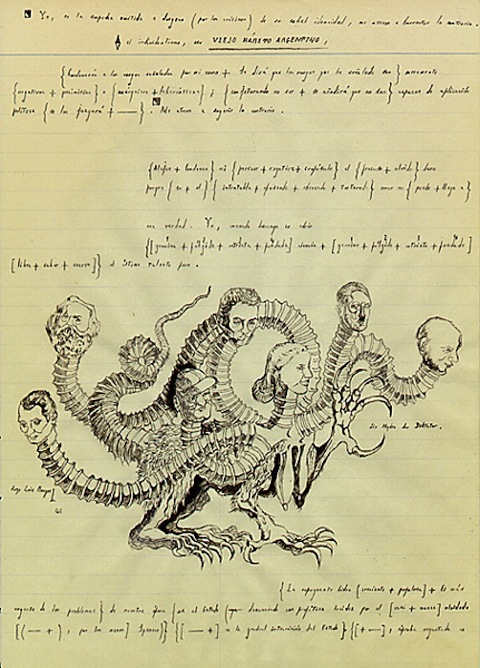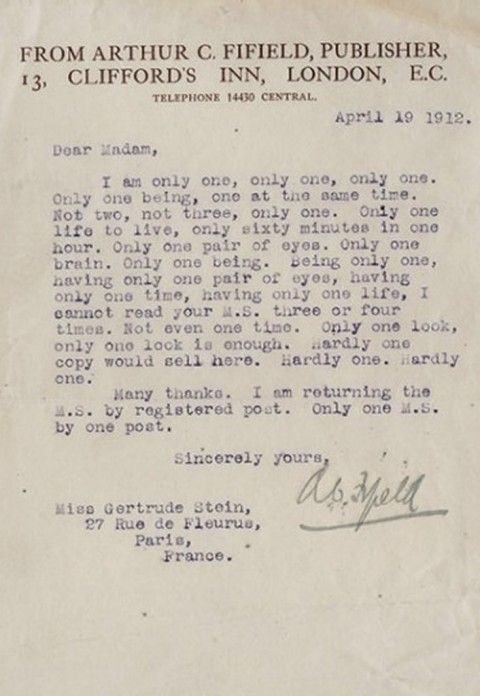It may be a misconception, it may be a cliché: I’m not a German speaker—but reading translator’s introductions to, say, Kant, Hegel or Goethe has convinced me that their language does a much better job than English at capturing those oddly specific twilight moods and compound feelings that so often escape definition. Then again, English absorbs, cannibalizes, appropriates, steals, and bastardizes words wherever it can find them, driving lexicographers and grammar purists mad.
Graphic designer and filmmaker John Koenig does all of these things in his “Dictionary of Obscure Sorrows,” a blog project in which he names emotions that otherwise leave us speechless. In his short video above, he illustrates one of his words, “Sonder,” or “the realization that each random passerby is living a life as vivid and complex as your own…”—something like the shock of sudden empathy that shakes us out of navel-gazing. It’s an emotion I’ve experienced, without knowing what to call it.
This being an “obscure sorrow,” there’s more to it than empathy—in Koenig’s poetic video, “sonder” relates to the infinite number of overlapping stories, in which each of us feels we are the hero, others supporting cast or extras. In a state of “sonder,” we suddenly occupy all of those roles at once, our screen time diminishing as others take the lead. After watching Koenig’s film, I’m thinking “sonder” is a portmanteau of “sublime” and “wonder.” It’s a mystical philosophy contained within a single made-up word.
Some other Koenig coinages: “Ruckkehrunruhe,” “nodus tollens,” “adronitis,” “rigor samsa”.…. I leave it to you to visit Koenig’s Dictionary and learn what these words mean. It’s an experience well worth your time.
Related Content:
The Atlas of True Names Restores Modern Cities to Their Middle Earth-ish Roots
The History of the English Language in Ten Animated Minutes
Oxford Scholars Name Top Ten Irritating Phrases
Josh Jones is a writer and musician based in Washington, DC. Follow him at @jdmagness




